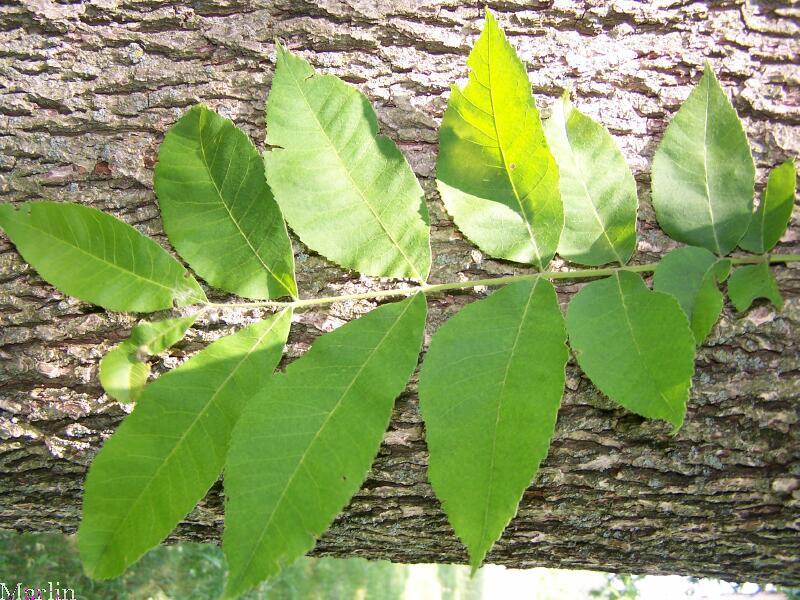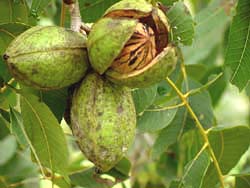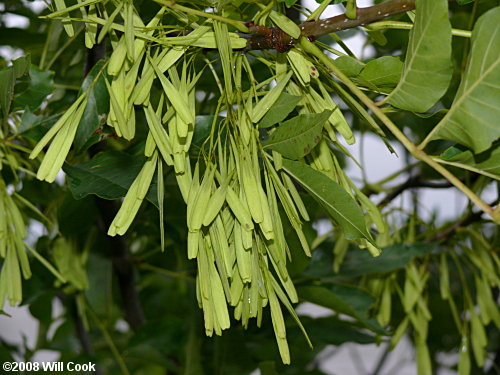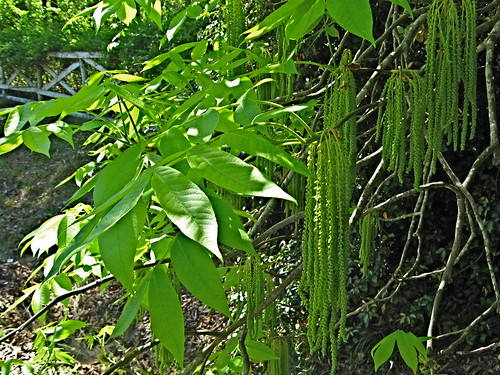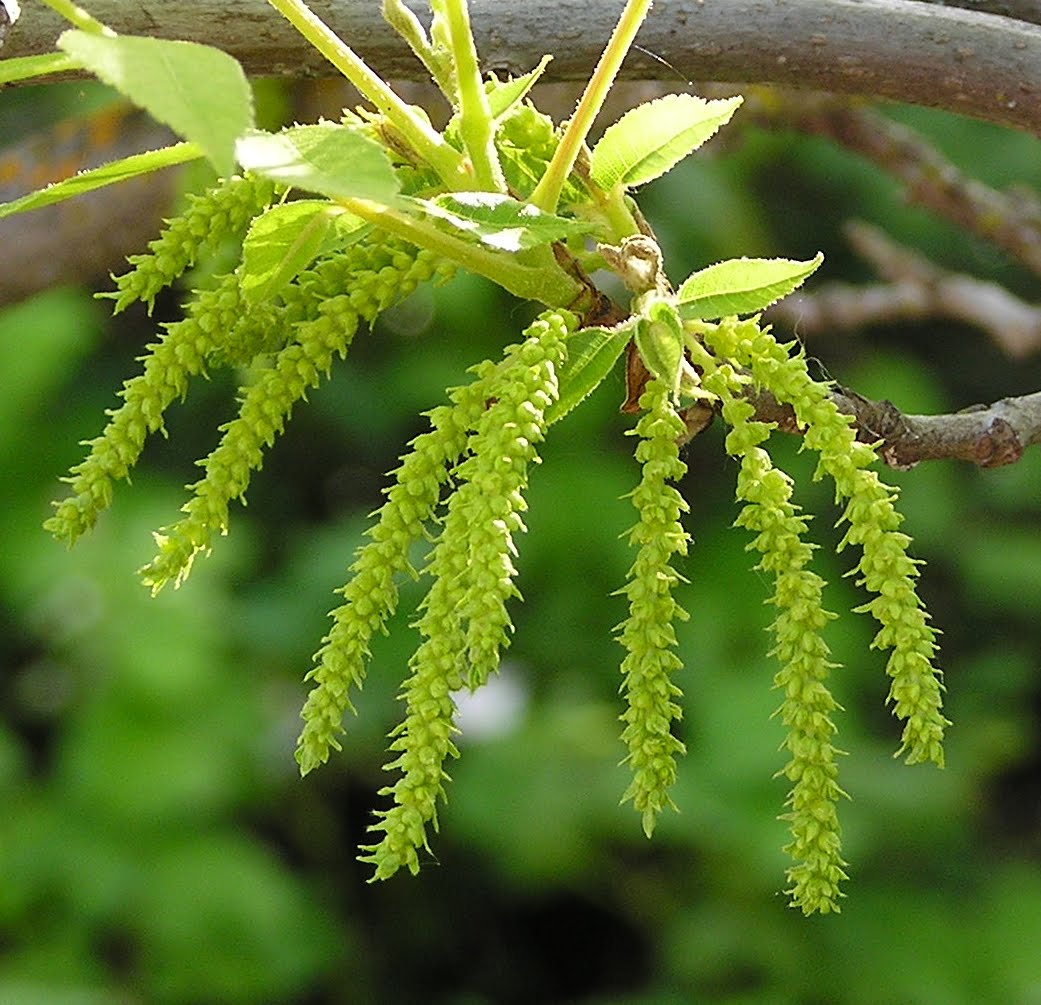I have done 4 or 5 on-line tree identifiers and they never end up with the correct tree. Wanted to ID this backyard tree for a few years. Like an ash/sumac/locust of some sort, but none I find seem to match exactly.
Pictures are worth a thousand words (these are all the same exact tree):




TIA,
Pete
Pictures are worth a thousand words (these are all the same exact tree):
TIA,
Pete


